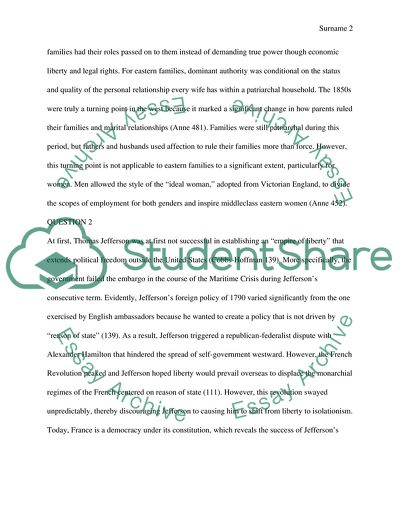Cite this document
(Empires, Nations, and Families in North American West Assignment Example | Topics and Well Written Essays - 1500 words - 17, n.d.)
Empires, Nations, and Families in North American West Assignment Example | Topics and Well Written Essays - 1500 words - 17. https://studentshare.org/history/1864725-assignment
Empires, Nations, and Families in North American West Assignment Example | Topics and Well Written Essays - 1500 words - 17. https://studentshare.org/history/1864725-assignment
(Empires, Nations, and Families in North American West Assignment Example | Topics and Well Written Essays - 1500 Words - 17)
Empires, Nations, and Families in North American West Assignment Example | Topics and Well Written Essays - 1500 Words - 17. https://studentshare.org/history/1864725-assignment.
Empires, Nations, and Families in North American West Assignment Example | Topics and Well Written Essays - 1500 Words - 17. https://studentshare.org/history/1864725-assignment.
“Empires, Nations, and Families in North American West Assignment Example | Topics and Well Written Essays - 1500 Words - 17”. https://studentshare.org/history/1864725-assignment.


